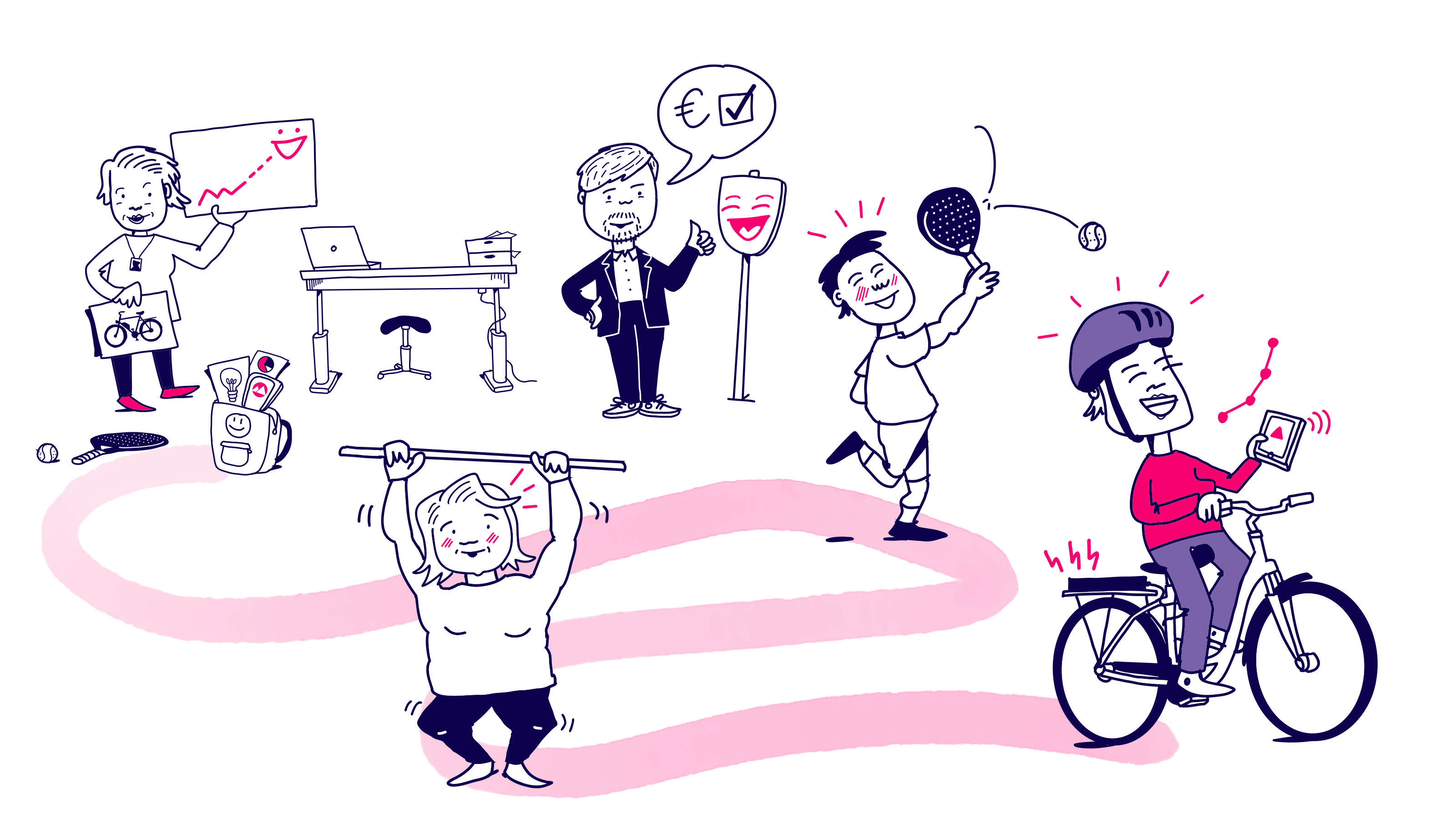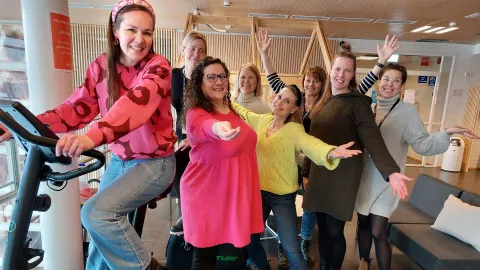"Attention must be paid to well-being at work starting from the strategy level and solutions must be sought preventively," says Teemu Ripatti, Project Manager of the Work and Functional Capacity for Early Childhood Education and Basic Education Staff project at Jamk University of Applied Sciences.
Workplace well-being experiments have been carried out in Jyväskylä, Keuruu, Mikkeli and Raisio by creating everyday active operating cultures. A service path for personnel's physical activity and lifestyle counselling as well as city-specific strategic occupational well-being management plans have been built in the cities.
There are several tools to promote well-being at work, such as body fitness index and FirstBeat measurements, exercise and lifestyle guidance, the Sparky work community application, occupational well-being and work community coaching, supervisor coaching and strategic occupational well-being management sparring, exercise experiments in work communities, the purchase of shared bikes and break exercise equipment, as well as webinars on the Dramma model and the Body-Mind-Recovery course package.
Motivation through measurements
In the Vape project's follow-up measurements, 68 percent of the staff improved their overall physical condition result, and self-assessed work ability also increased.
The measurements have been perceived as motivating for the personnel, so it is planned to continue the measurement rounds on a self-funded basis. Other tried and tested practices by cities are also being established.
The majority of the participants felt that the guidance was useful and felt that their own physical activity had increased.
The aim is to establish guidance as a means of supporting the personnel's work ability. That is why, in cooperation with city operators, a service path for physical activity and lifestyle guidance for personnel was built. Among other things, it determines factors related to customer identification, guidance and monitoring, and provides instructions for occupational health care and providers of exercise and lifestyle guidance.




